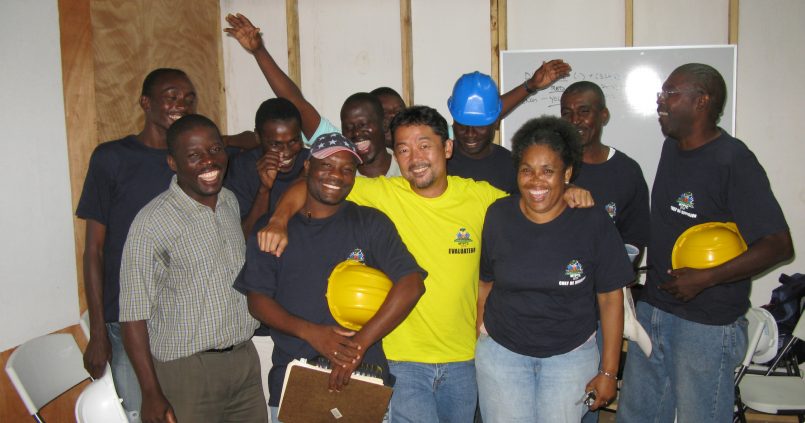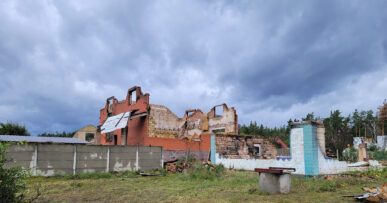- The 2010 Haiti Earthquake, Part 1
- The 2010 Haiti Earthquake, Part 2
- Miyamoto in Haiti: The Presidential Palace, A Fractured Haitian Icon
- Miyamoto in Haiti: Damage Assessment of the Japanese Embassy
- Miyamoto in Haiti: The Well-Oiled Relief Machine Rolling Through Haiti
- Miyamoto in Haiti: Inside a Heavily Damaged Building
- Miyamoto in Haiti: Visiting The Citadel
- Thirty Months in Haiti, Part 1
- Thirty Months in Haiti, Part 2
- Thirty Months in Haiti, Part 3
- Miyamoto in Haiti: A Morning and Afternoon of Hopeful Rebuilding
- Miyamoto in Haiti: School Rebuilding and Construction Continues
- Trente mois en Haïti, 1eme partie
- Trente mois en Haïti, 2eme partie
- Trente mois en Haïti, 3eme partie
- Miyamoto in Haiti: Visiting a Remote School Construction Site Near Cap-Haïtien
- Miyamoto in Haiti: Self-Sustaining Relief
- Miyamoto in Haiti: Love it or Hate it? Love it!
- Miyamoto in Haiti: Lycee de Cite Soleil Rehabilitation Project
- Miyamoto in Haiti: The Hopeful Road to Recovery
- A Day in the Haiti Disaster Zone
- Kidnappers & Disaster
- A Disaster Week in Haiti
Today was a big day. It was the first full roll-out of the 150 Haitian engineers and 50 social workers for damage assessment. We arrived at the Public Works building at the 8 a.m. Limited availability of equipment and transportation had been the norm, but today was different. We had 20 vans ready and waiting for us. Currently we are at 60% capacity. This is limited by the lack of available vans. I’m hoping the van situation changes soon.
This is a public works project, funded by the World Bank and executed by the UNOPS. Miyamoto International is a technical partner with the initiative. We provide the technical platform for damage evaluation, training the Haitian engineers in our quality assurance methods. We also coordinate with the US Joint Task Force for field tactics, including strategic target coordination and mapping.
One of the project’s main goals is decompressing the refugee camp sites that are susceptible to flooding or landslides. The IOM provide a prioritized list of camps, based on the density of occupants and their exposure to hazards. The IOM also conducted the census, gathering information from the residents like their original neighborhoods, so that we can target these districts. The US task force provides the maps; we execute the daily mission. It’s a well- oiled relief machine.
In the past three weeks we’ve trained more than 200 Haitian engineers. We started with 10 division leaders, 50 team leaders and 150 engineers. The division leaders received two days each of classroom and field training. The team leaders and engineers got one day in the classroom and two days in the field. Each full division consists of a leader, five team members and 16 engineers, totaling 20. This may be the first day, but we have been working and training together for over 2 weeks now. We know what we can do together.



